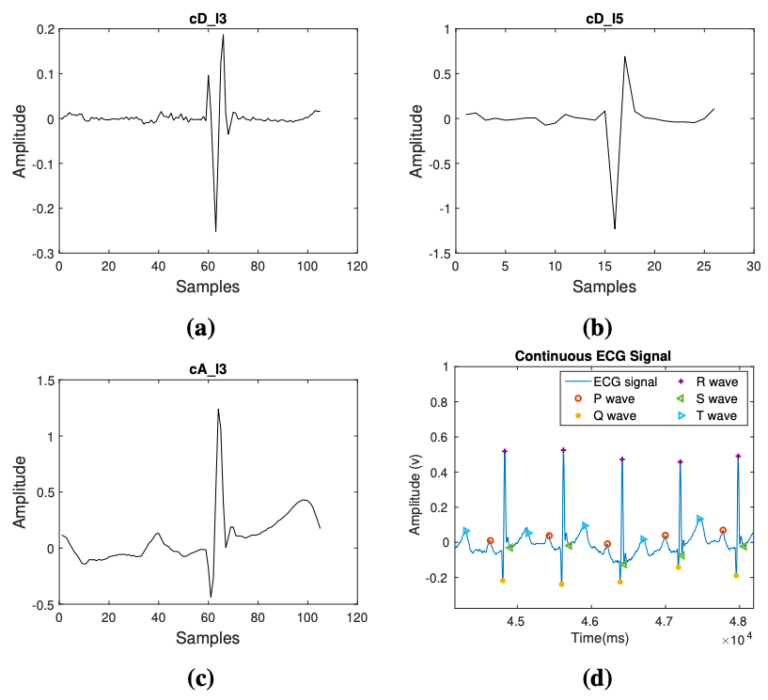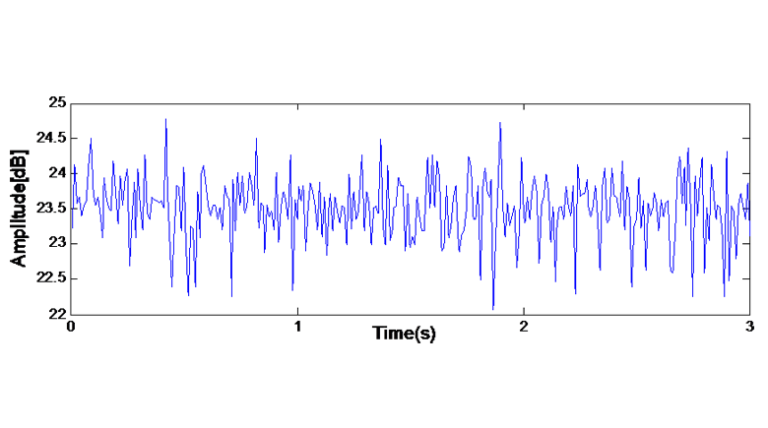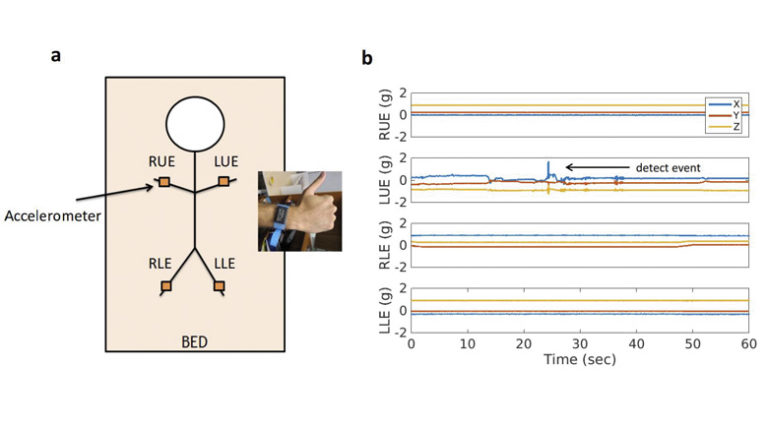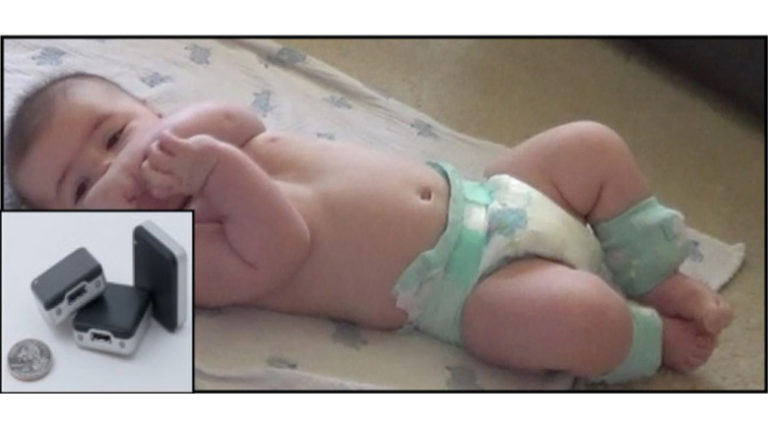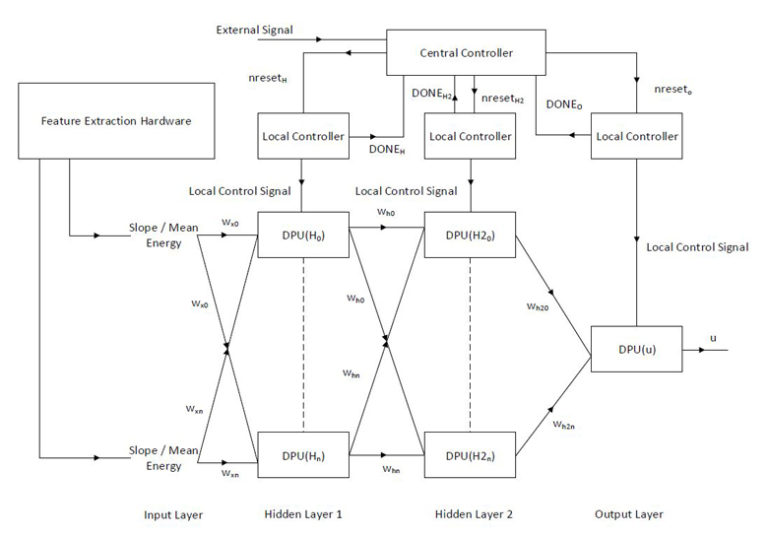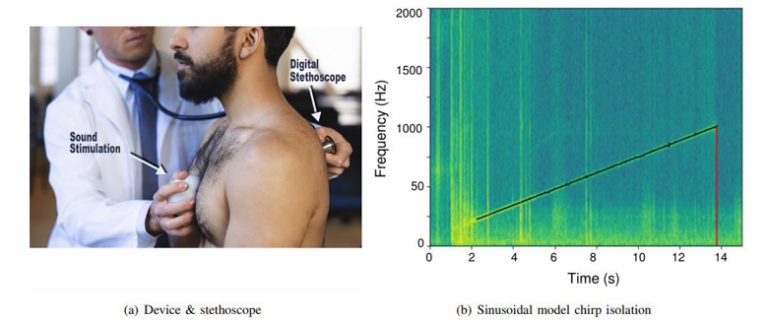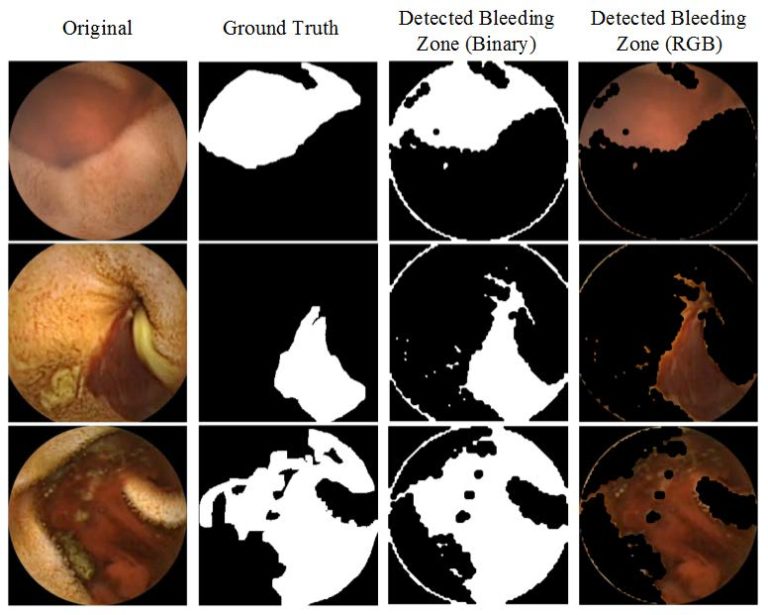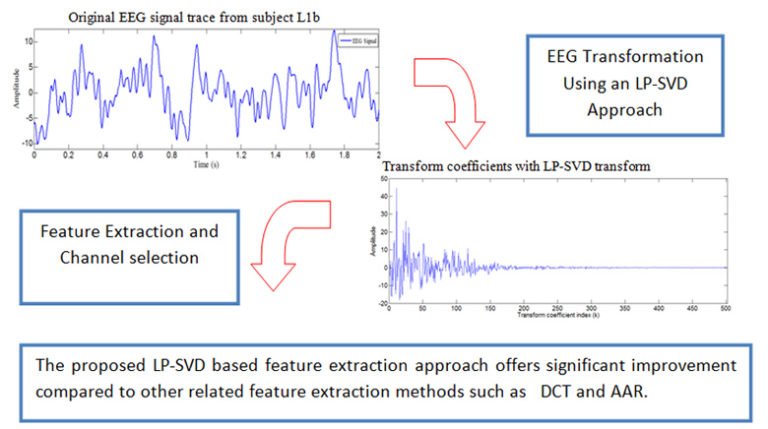Pulse Arrival Time (PAT) derived from Electrocardiogram (ECG) and Photoplethysmogram (PPG) for cuff-less Blood Pressure (BP) measurement has been a contemporary and widely accepted technique. However, the features extracted for…
read moreAbstract Objective: Parkinsonian gait is a defining feature of Shaking Palsy (SP) and it has one of the worse impact on human healthy life than other SP symptoms. The…
read moreAbstract Stroke patients are monitored hourly by physicians and nurses in an attempt to better understand their physical state. To quantify the patients’ level of mobility, hourly movement (i.e.…
read moreAbstract This paper examines how features extracted from full-day data recorded by wearable sensors are able to differentiate between infants with typical development and those with or at risk…
read moreElectrocardiogram, electrodermal activity, electromyogram, continuous blood pressure, and impedance cardiography are among the most commonly used peripheral physiological signals (biosignals) in psychological studies and healthcare applications, including health tracking,…
read moreThis paper presents results of using a simple bit-serial architecture as a method of designing an extremely low-power and low-cost neural network processor for epilepsy seizure prediction. The proposed…
read moreAccumulation of excess air and water in the lungs leads to breakdown of respiratory function and is a common cause of patient hospitalization. Compact and non-invasive methods to detect…
read moreWireless capsule endoscopy (WCE) is the most advanced technology to visualize whole gastrointestinal (GI) tract in a non-invasive way. But the major disadvantage here, it takes long reviewing time,…
read moreIn this paper, we present a new motor imagery classification method in the context of electroencephalography (EEG)-based brain–computer interface (BCI). This method uses a signal-dependent orthogonal transform, referred to as…
read more
